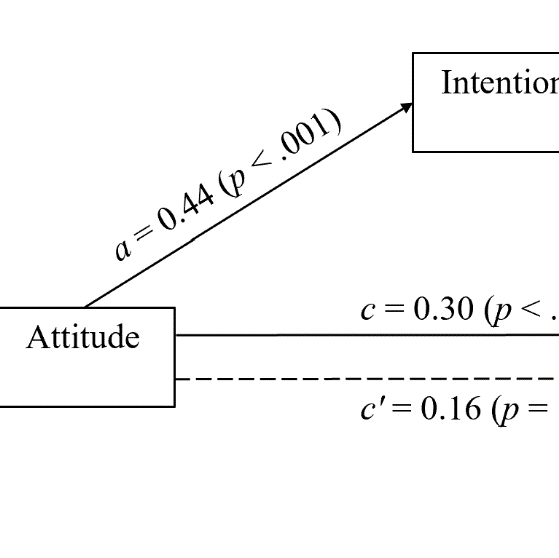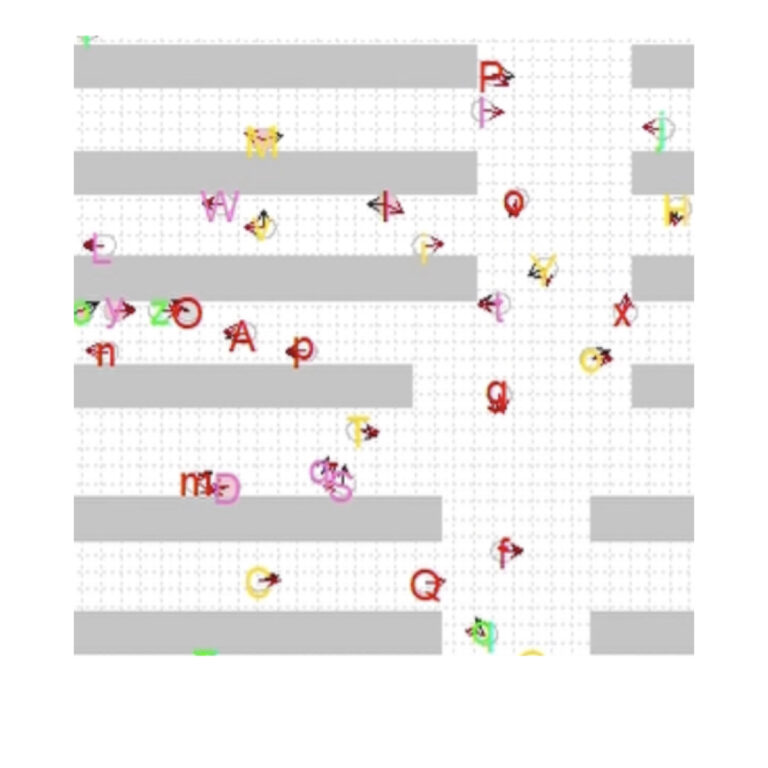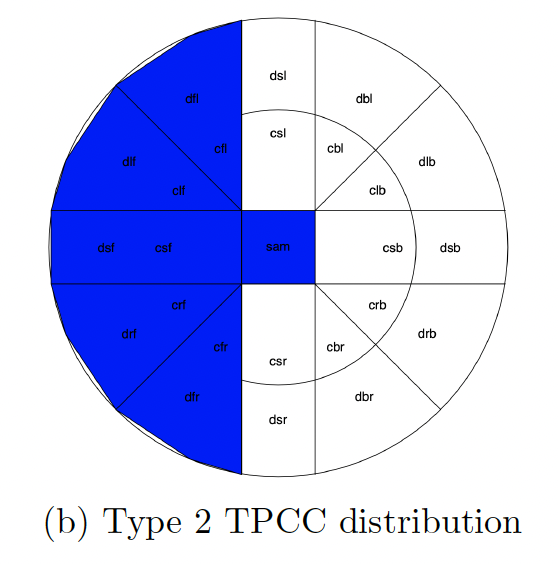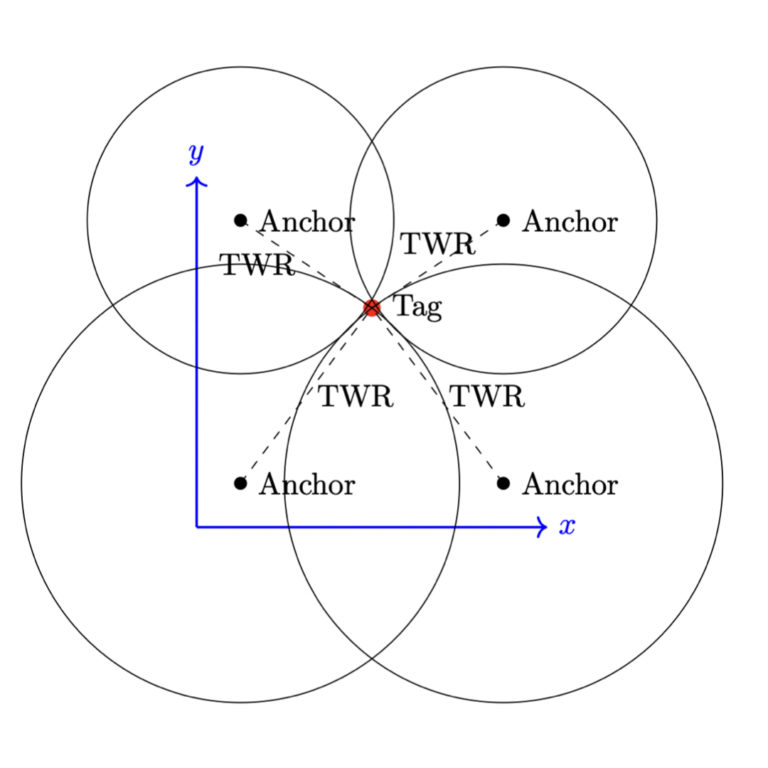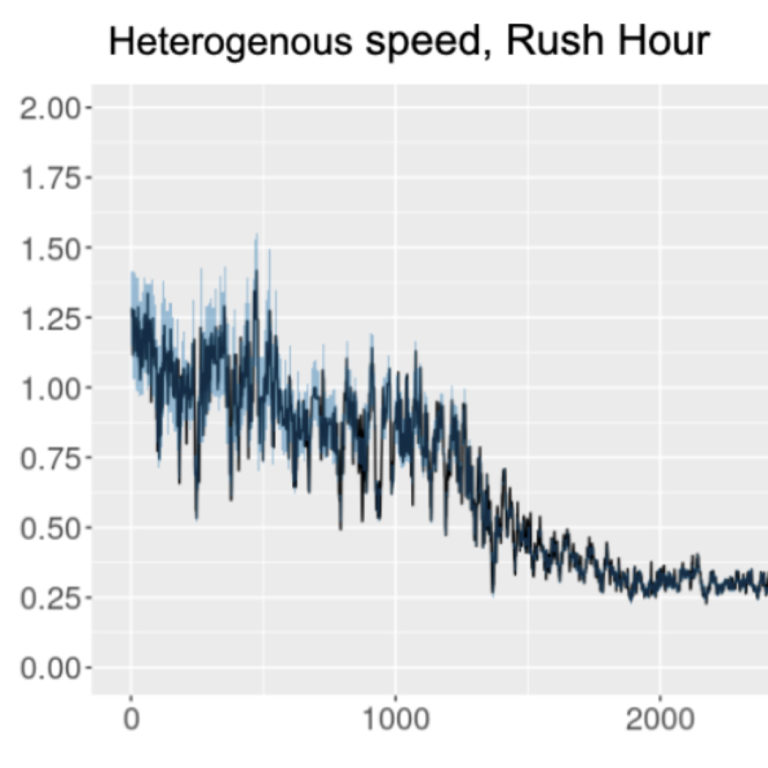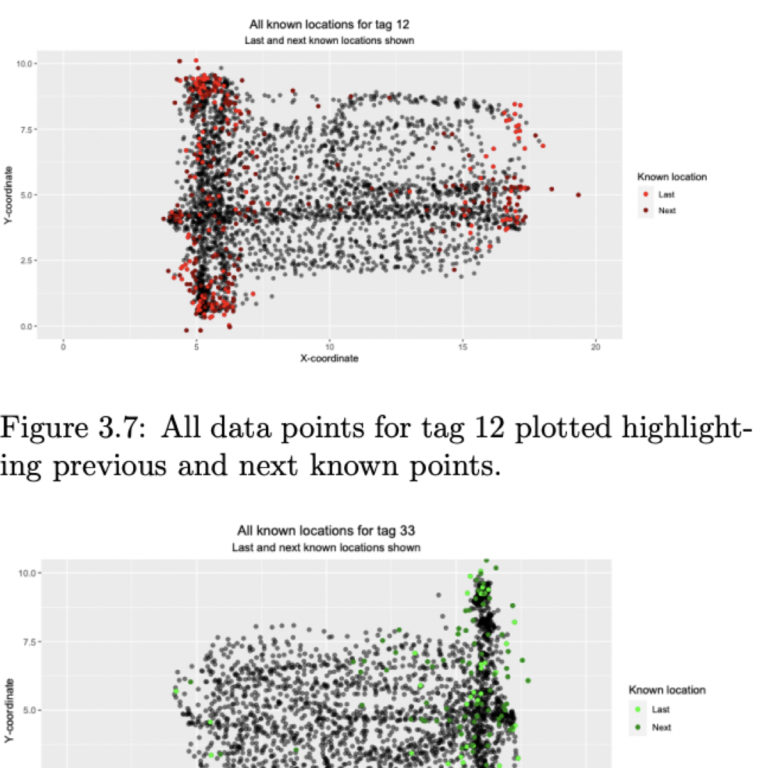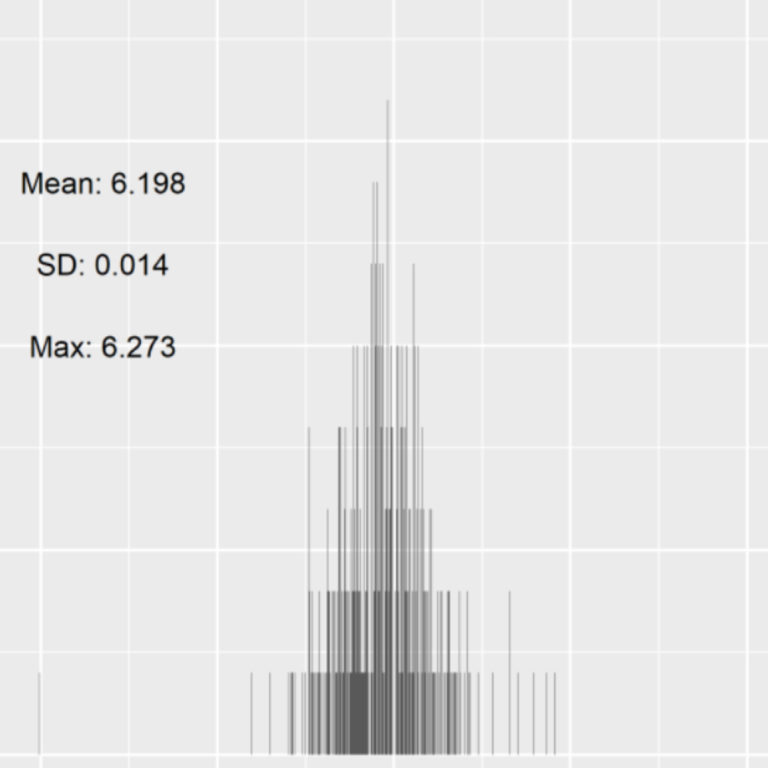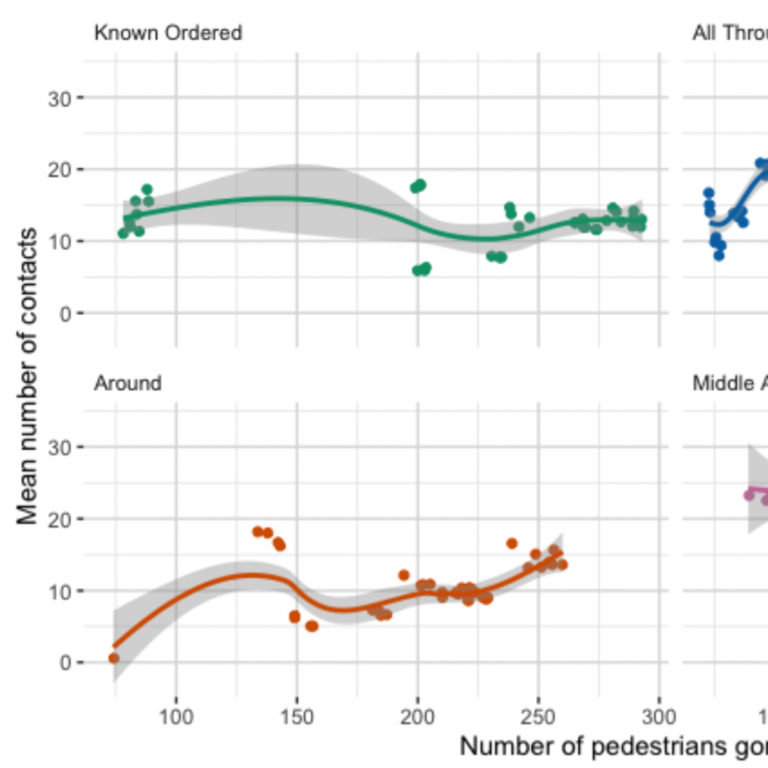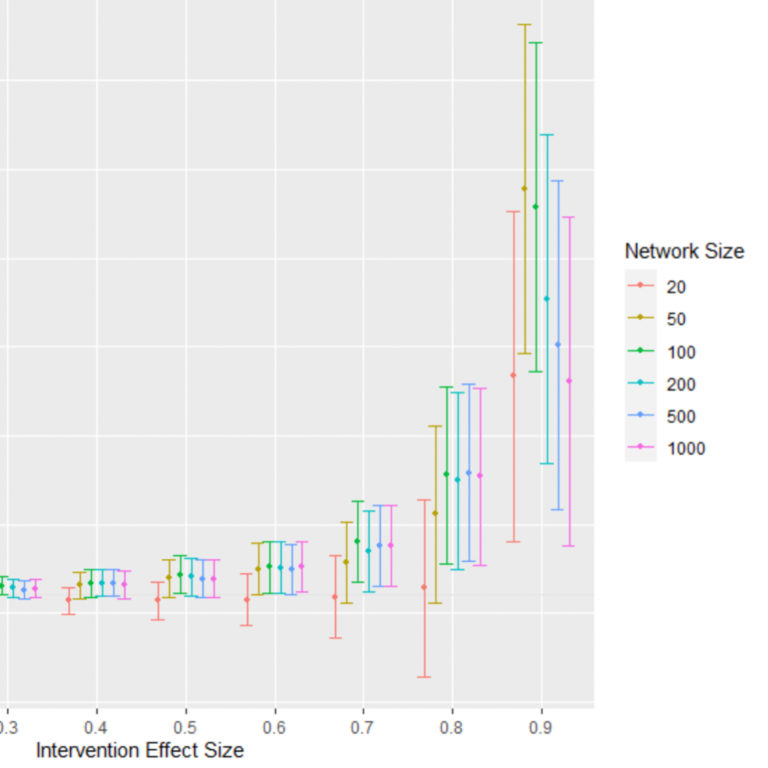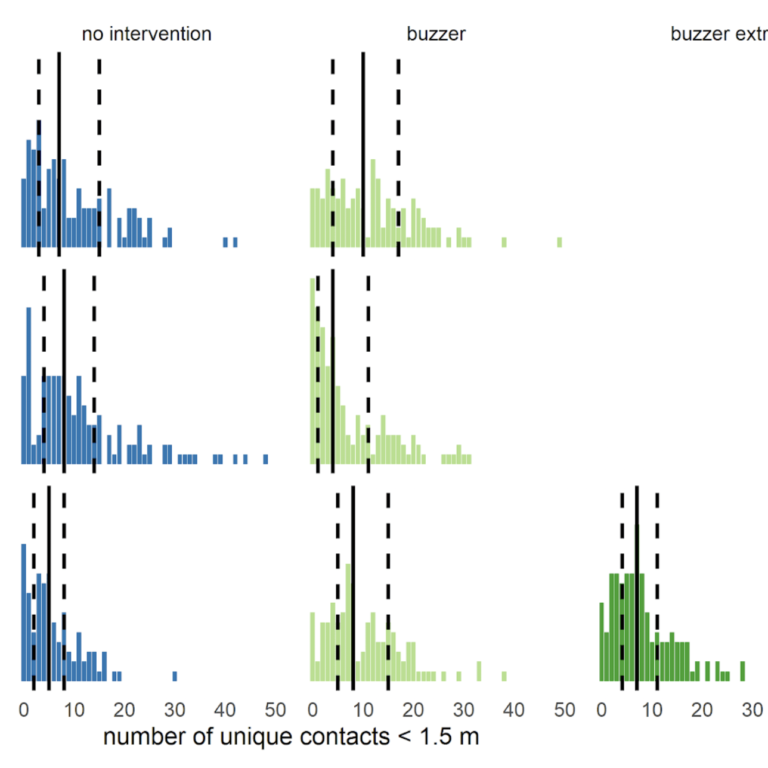Student Projects
During his internship, Emil Steinke assisted with collecting and processing data for the NEMO Project. Using the NEMO data set, he conducted an analysis seeking to model the data on children’s sustainable cognitions and behaviour after the Theory of Planned Behaviour (TPB). Specifically, the analysis investigated whether children’s intentions to behave sustainably mediated the relationship between attitudes and perceived behavioural control toward sustainability and their actual behaviour. Results revealed that children’s pro-environmental attitudes predict intentions to reduce plastic pollution, which, in turn, predict choices between plastic-free and plastic-containing options in both virtual and actual scenarios. Intentions fully mediate the relationship between attitudes and virtual/actual behaviour. In conclusion, the TPB is a possible way to model pro-environmental behaviour in the battle against climate change.
This project is part of NEMO and was supervised by Tessa Blanken.
In her thesis, Lucie Pressl applied cognitive principles on agent level to model and predict pedestrian behavior more accurately. By modulating the utility parameters on operational level, we modelled four distinct cognitive agents: rushed, distracted, lost, and socially anxious. Behaviorally, we observed clear differences in movement tendencies and efficiencies across the four agent types. Crucially, our findings revealed that the impact of the social environment on an agent’s movement efficiency hinges on its cognitive state. In a socially mixed crowd, sampling all four agent types with 25% probability, rushed agents could largely adhere to their goal-driven movement intentions while lost agents could not benefit from surrounding agents with more spatial familiarity. Socially anxious and distracted agents, albeit unwillingly, moved with greater efficiency in the diverse agent crowd. The study envisions to be a gateway for future research to incorporate agent cognition, providing ideas for further model improvements.
This project is part of Minds 4 Mobile Agents and was supervised by Andrew Heathcote.
Queuing is amongst the most common pedestrian behaviours and has non-trivial effects on pedestrian flow. Yet, it is rarely explored in pedestrian simulations. Therefore, Noah extended the M4MA with the ability to form queues. Three types of queues found in public transport settings were simulated in a testing environment. Furthermore, he engineered a quantitative measure of queues based on ‘ternary point configuration calculus’ for the purpose of reliably distinguishing queue types without subjective judgment. This project was a major step towards extending the M4MA with planned complex behaviours.
This project is part of Minds 4 Mobile Agents and was supervised by Andrew Heathcote.
During his thesis, Joran Timmerman created the infrastructure to support human behaviour experiments using the real time locating system (RTLS). The infrastructure allows to receive and store data from the RTLS, supports the experimental set-up, and allows for visualisations of the data. In addition, Joran investigated the performance of the system. Upon finalizing his thesis, Joran became a research assistant.
This project is part of Real Time Locating Systems and was supervised by Rob Belleman.
In her thesis, Gigi Vissers explored how modelling diverse agents influences pedestrian flow and self-organisation phenomena, and how this influence could be associated with crowd density. The simulation environment for the study was based on a train station platform, where we varied the heterogeneity of the agents (homogenous vs heterogeneous speed preference) and the crowdedness (rush hour vs. off-peak hour). Self-organisation phenomena resulting in flow congestion were observed during rush hour simulations, where the onset of observed patterns occurred sooner for heterogeneous agents than homogeneous agents. Both heterogeneity and crowdedness had an influence on observed walking speed, and an interaction effect was found between the two.
This project is part of Minds 4 Mobile Agents and was supervised by Tessa Blanken and Charlotte Tanis.
In her Master’s thesis, Julia Anten investigated how group dynamics in public spaces could be simulated using the M4MA model. Since groups are as common as individual pedestrians, being able to represent and predict the movement of groups is relevant to ensuring safety in public spaces. Using data collected through trial experiments leading up to the NEMO project, Julia analyzed the real-world behavior of three, four, and six-person groups, comparing it to the behavior in the model. Her results revealed that the M4MA was already capable of simulating group patterns to a certain extent but could be further improved through testing in more naturalistic settings, an overarching performance metric, and including more crowd-behavior-related utilities, such as “Group Cohesion”. Julia’s research helped us adjust the M4MA model to simulate not only individual pedestrians but also crowd behavior.
This project is part of Real Time Locating Systems and was supervised by Andrew Heathcote.
During his internship, Max Oppenheim has taken on different tasks pertaining to designing and conducting experiments in order to understand the way the RTLS worked and find out what it’s pitfalls and strengths are. With the data gathered from these experiments, a data-pipeline was created to get the data from the database into a workable format to conduct analyses on the data itself. Next to this more technical side of things, Max took it upon him to be the contact person between the research group and the external parties involved in the first set of experiments.
This project is part of Real Time Locating Systems and was supervised by Tessa Blanken and Charlotte Tanis.
In his thesis, Jonne Zomerdijk modelled pedestrian behaviour in order to provide guidelines for behavioural interventions that could help improve physical distancing in epidemic contexts. Using existing models and literature to uncover ways to prevent collisions using more anticipating strategies, he came up with a way for agents to assess the role of different types of goals in goal-driven environments like supermarkets.In a simulation he varied the number of pedestrians inside a supermarket and the length of their grocery list (i.e., goal stack size) and found that both the number of pedestrians and goal stack size influenced the number of contacts. Based on these simulations suggestions could be made to reduce contacts, such as reducing the number of visitors in a supermarket and pre-arranging the grocery list such that someone’s pathway in the supermarket can be kept as short as possible. For his thesis Jonne received the prize for best UvA Psychology master thesis.
This project is part of Minds 4 Mobile Agents and was supervised by Tessa Blanken and Charlotte Tanis.
In his thesis, Samir seeked to extend the Behavioural Contact Network (BECON) framework. The BECON framework is a novel approach that uses contact networks to evaluate the effectiveness of behavioral interventions in mitigating the spread of infectious diseases. Samir’s study introduced seven potential BECONs and evaluated their performance in identifying structural changes in contact networks that resulted from behavioral interventions. The results indicated that the majority of the BECONs were successful in identifying these changes, which can help researchers quickly implement effective behavior interventions in response to emergent infectious diseases. The study also found that incorporating the duration of contact in addition to the number of contacts can improve the accuracy of the BECONs. Overall, the BECON framework shows promise as a tool for evaluating the effectiveness of behavior interventions in mitigating the spread of infectious diseases.
This project is part of the Smart Distance Lab and was supervised by Tessa Blanken and Charlotte Tanis.
During her internship, Floor Nauta worked on the Smart Distance Lab studies. After helping out with data collection, she started working on an analysis pipeline that allowed us to compare the contact networks of different experimental conditions. Using these analyses she could identify differences between the effects of several Covid-19 interventions. Floor’s analyses found that wearing a face mask did not affect social distancing while the use of buzzers and walking directions increased social distancing. She has applied the analyses to the art fair and supermarket data, helping us to identify practical behavioural solutions to promote physical distancing.
This project is part of the Smart Distance Lab and was supervised by Tessa Blanken.


